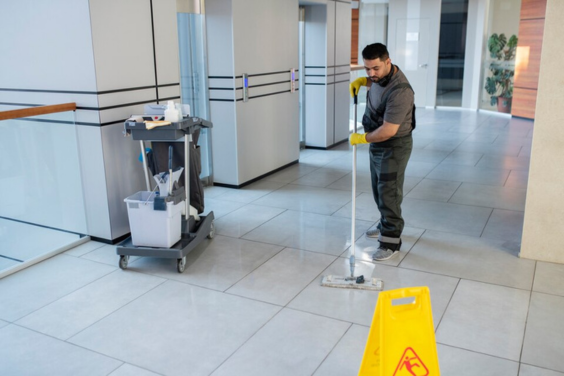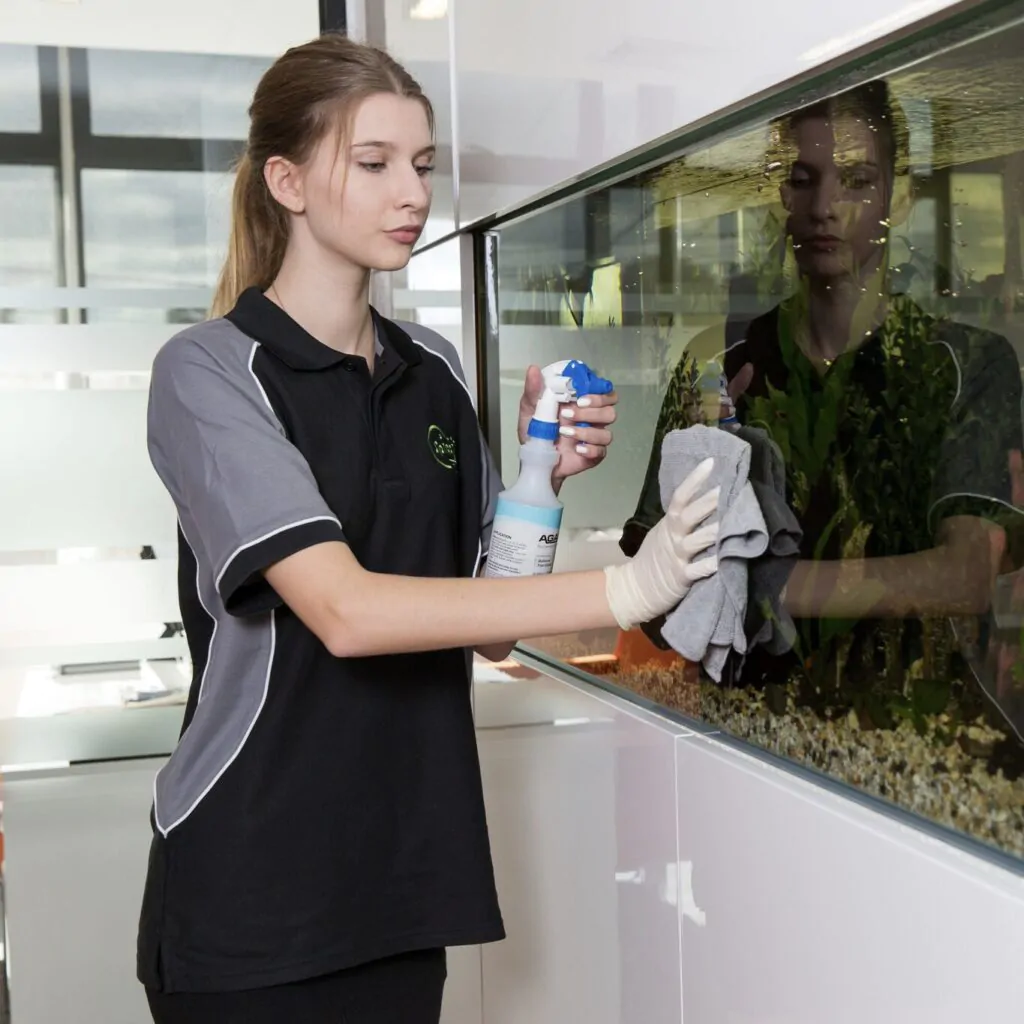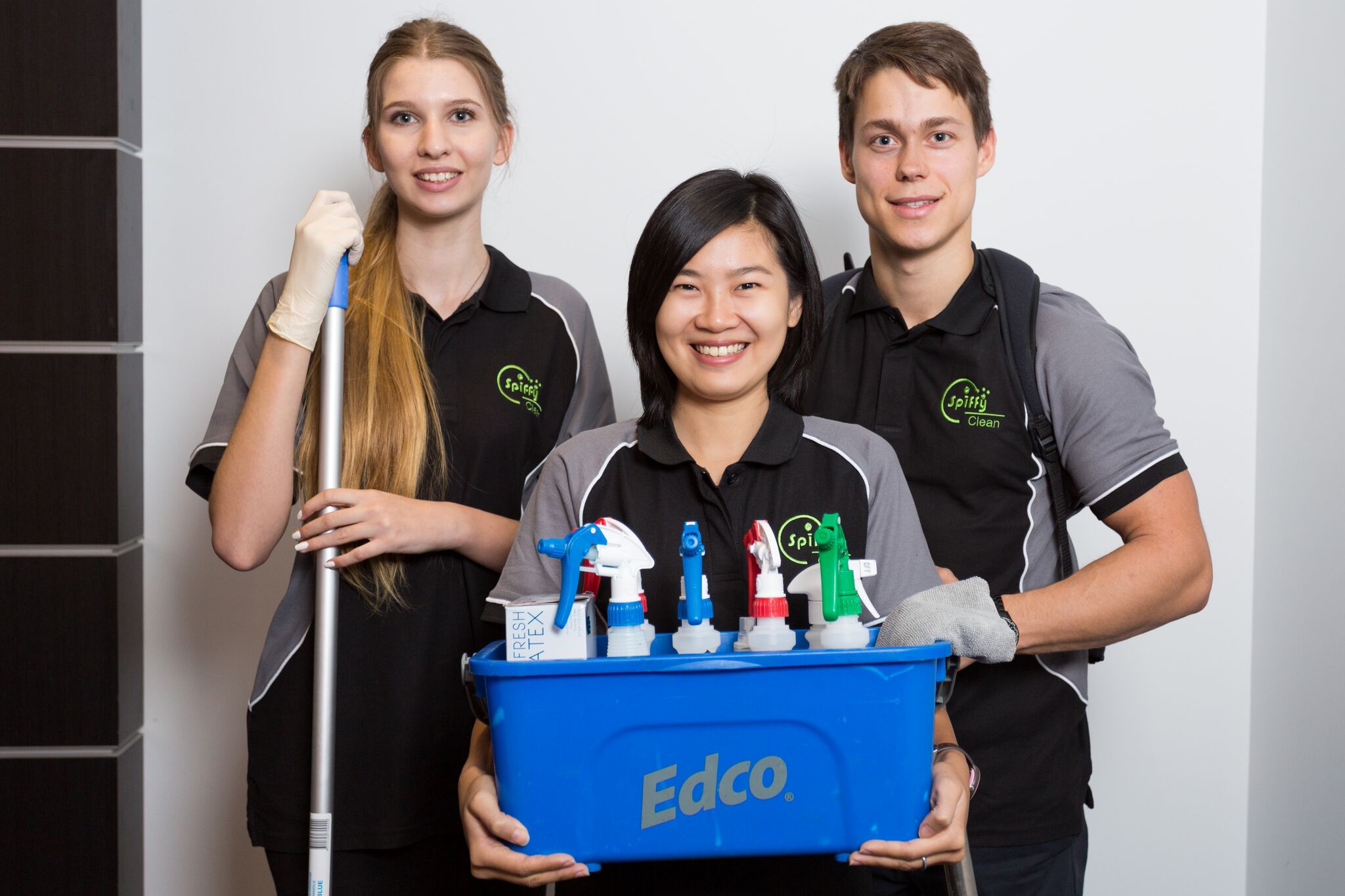Commercial Deep Cleaning vs. Regular Cleaning: What’s the Difference?
Cleaning is an essential part of maintaining a safe and healthy environment, whether it’s in our homes or workplaces. When it comes to commercial spaces, the distinction between regular cleaning and deep cleaning is crucial. Each serves a specific purpose and contributes to the overall cleanliness and hygiene of a commercial environment. In this comprehensive guide, we’ll delve into the key differences between commercial deep cleaning and regular cleaning, highlighting their importance and the best practices for each.
Understanding Regular Cleaning
Regular cleaning, often referred to as routine or daily cleaning, is the ongoing, day-to-day cleaning activities that maintain a basic level of cleanliness and order in a commercial setting. It includes tasks such as:
- Dusting: Cleaning surfaces to remove dust and light dirt.
- Vacuuming or Sweeping: Clearing floors of debris, dirt, and dust.
- Mopping: Cleaning and disinfecting hard flooring surfaces.
- Trash Removal: Emptying waste bins and replacing liners.
- Surface Wiping: Wiping down and disinfecting common touchpoints like doorknobs, light switches, and countertops.
- Restroom Cleaning: Cleaning and restocking restroom facilities.
- Kitchen or Breakroom Cleaning: Cleaning and sanitizing kitchen appliances, surfaces, and dishes.
Regular cleaning is typically done on a daily, weekly, or bi-weekly basis, depending on the specific needs of the commercial space. Its primary objective is to maintain general cleanliness, prevent the accumulation of dust and dirt, and create a presentable and functional environment for employees, clients, and visitors.
The Importance of Regular Cleaning
Regular cleaning plays a vital role in maintaining a clean and organized workspace. Here are some key reasons why it’s essential:
- Preventive Maintenance: It helps prevent the buildup of dirt, dust, and grime, which can lead to damage and deterioration of surfaces and materials over time.
- Health and Hygiene: Routine cleaning minimizes the spread of germs and pathogens, contributing to the overall health and well-being of employees and visitors.
- Aesthetics: A clean and well-kept workspace reflects professionalism and positively influences the perception of the business.
- Productivity: A clean environment can enhance employee morale and productivity, as a clutter-free and organized space is more conducive to efficient work.
- Compliance: Regular cleaning ensures that the workplace complies with health and safety regulations and standards.
The Deep Dive into Deep Cleaning
While regular cleaning maintains a basic level of cleanliness, deep cleaning goes several steps further. Deep cleaning, also known as detailed or intensive cleaning, involves a comprehensive and thorough approach to cleaning, targeting areas and aspects that are often overlooked during routine cleaning. Deep cleaning tasks may include:
- Carpet and Upholstery Cleaning: Detailed cleaning and stain removal from carpets, rugs, and upholstery.
- High Dusting: Cleaning dust and cobwebs from high and hard-to-reach areas.
- Ventilation and Duct Cleaning: Cleaning and sanitizing HVAC systems and air ducts.
- Grout and Tile Cleaning: Thoroughly cleaning and restoring grout and tile surfaces.
- Appliance Cleaning: Deep cleaning and degreasing of kitchen appliances.
- Window Cleaning: Cleaning and detailing windows and window sills.
- Furniture Cleaning: Polishing and restoring furniture.
- Wall and Ceiling Cleaning: Removing stains, marks, and dirt from walls and ceilings.
- Hard Floor Stripping and Waxing: Stripping old wax and applying new layers for a clean and shiny finish.
Deep cleaning is typically conducted less frequently than regular cleaning, often on a monthly, quarterly, or semi-annual basis. It aims to tackle accumulated dirt, grime, and hidden contaminants that routine cleaning may miss. The objective of deep cleaning is to refresh and revitalize the commercial space, ensuring a pristine and hygienic environment.
The Importance of Deep Cleaning
Deep cleaning is a critical component of maintaining a truly clean and healthy commercial space. Here are some reasons why deep cleaning is vital:
- Enhanced Hygiene: Deep cleaning reaches areas where pathogens and contaminants may accumulate over time, significantly improving hygiene.
- Extended Asset Life: By addressing hard-to-reach places and applying specialized treatments, deep cleaning helps prolong the life of assets, such as carpets, furniture, and flooring.
- Indoor Air Quality: Comprehensive ventilation and duct cleaning contribute to better indoor air quality, reducing allergens and pollutants.
- Appearance Enhancement: Deep cleaning restores the aesthetic appeal of the space, ensuring a fresh and inviting atmosphere.
- Preparation for Special Occasions: Deep cleaning is often conducted before special events, inspections, or seasonal changes to ensure the space is in its best condition.
- Compliance and Health Standards: Deep cleaning helps businesses maintain compliance with health and safety standards and regulations.
Balancing Regular and Deep Cleaning
In most commercial environments, a harmonious balance between regular and deep cleaning is essential for maintaining a consistently clean and healthy workspace. Here’s how these two cleaning approaches complement each other:
- Regular cleaning maintains: a baseline of cleanliness, preventing the buildup of everyday dirt and contaminants.
- Deep cleaning: takes regular cleaning to the next level, addressing deep-seated dirt, hidden pathogens, and hard-to-reach areas.
- Regular cleaning is continuous: and serves as an ongoing maintenance strategy.
- Deep cleaning is periodic: and serves as a comprehensive cleaning intervention, often scheduled in advance.
- Regular cleaning prepares: the space for deep cleaning by keeping it in a manageable condition.
- Deep cleaning rejuvenates: the space and brings it back to an almost pristine state.
- Together, they: ensure the space is consistently clean, hygienic, and aesthetically pleasing.
Commercial Deep Cleaning: Best Practices
When conducting a deep cleaning in a commercial setting, it’s essential to follow best practices to ensure that the process is effective and thorough:
- Assessment: Begin with a comprehensive assessment of the commercial space to identify areas and tasks that require deep cleaning.
- Detailed Plan: Develop a detailed cleaning plan that outlines the scope of work, the sequence of tasks, and any specialized treatments required.
- Safety: Prioritize safety by using appropriate personal protective equipment (PPE) and ensuring that all cleaning agents and equipment are used safely.
- Thorough Training: Ensure that the cleaning staff is adequately trained in deep cleaning procedures and the safe use of equipment and chemicals.
- Schedule: Plan the deep cleaning session at a time when it causes the least disruption to the business’s operations.
- Specialized Equipment: Use specialized deep cleaning equipment and tools to address specific tasks effectively.
- Documentation: Keep detailed records of the deep cleaning activities, including before-and-after photos if applicable.
- Post-Cleaning Inspection: After deep cleaning is completed, conduct a thorough inspection to ensure all tasks have been carried out to the highest standards.
- Feedback and Improvement: Encourage feedback from employees and clients to continuously improve the deep cleaning process.
Conclusion
In the world of commercial cleaning, the distinction between regular cleaning and deep cleaning is clear, each serving its unique purpose. Regular cleaning maintains daily cleanliness, while deep cleaning addresses deep-seated dirt, hidden contaminants, and hard-to-reach areas.





